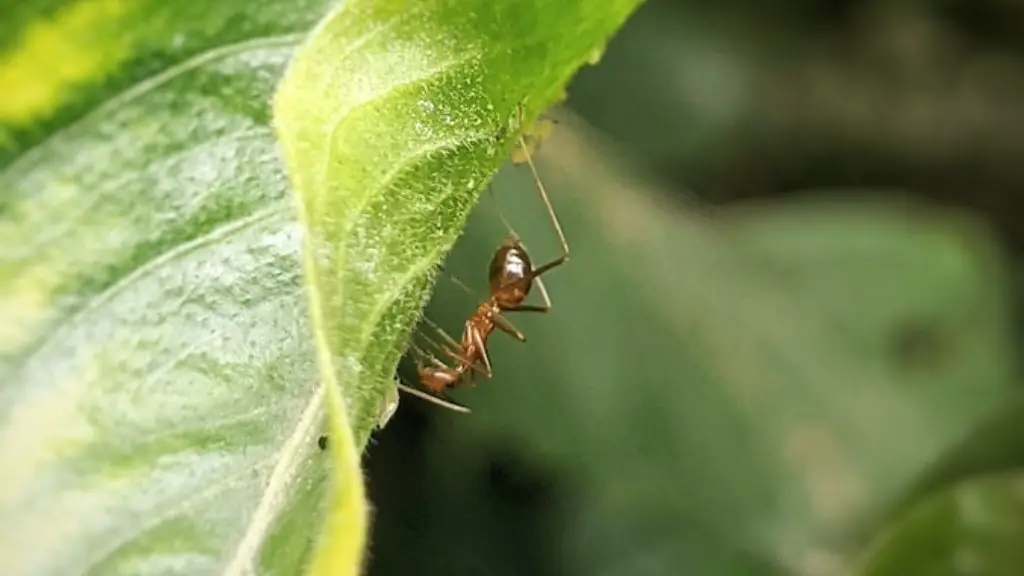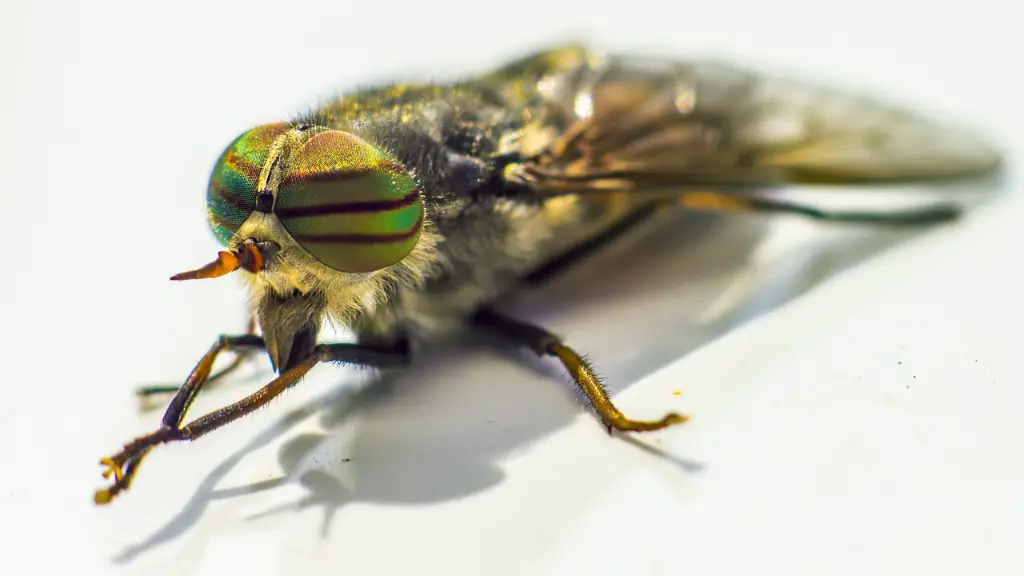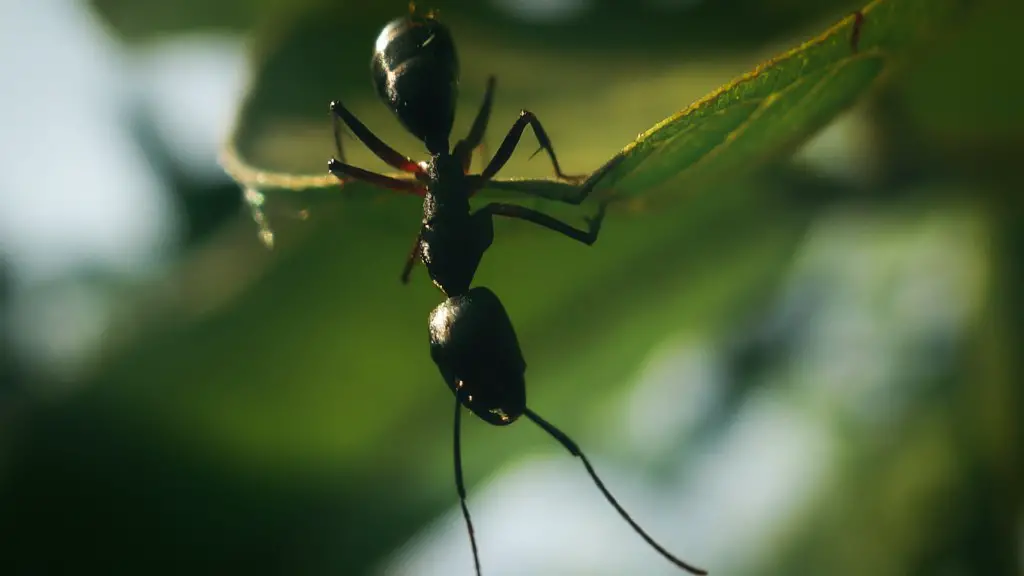Why is diatomaceous earth harmful to ants?
Diatomaceous earth is a fine powdery substance made from the crushed remains of single-celled organisms called diatoms. It is an effective and safe traditional pest control that is used to keep some insects, including ants, away from certain areas. The powder is made of sharp, blade-like structures that slice through an insect’s exoskeleton and dehydrate them. The primary way diatomaceous earth combats pests is to puncture their outer shells and kills them through dehydration.
When ants are exposed to diatomaceous earth, the powder dries out their shells and exoskeletons, leading them to die from dehydration. Diatomaceous earth should be spread around suspected ant infestations and think about using it in problem areas of the home, like cabinet corners and window frames. An alternative is to put the powder into their nests, where the ants in the colony will be exposed to it, or sprinkle dry diatomaceous earth directly on top of the ants.
How to use diatomaceous earth?
When using diatomaceous earth, it is essential to know how to handle the product safely. When handling the powder you need to take preventative measures to avoid breathing its dust. It is best to avoid breathing the dust, use a mask and gloves when powdering and make sure that it is done in a well-ventilated area.
To use the powder for ant control, you need to sprinkle it into any crevices or around anything that ants have been known to explore. Placing the powder in thick layers gives the ants no place to escape from the diatomaceous earth, and the powder will work quickly. Once done, remember to check the applications a few days later as more ants may have arrived during the initial time. Focus on strategic points and areas, like door thresholds, window frames and around vents, where the ants can be concentrated and killed.
Precautions To Take When Using DE
Before applying diatomaceous earth, make sure you understand what it can do and take precautions to avoid the side effects.
Other insects, like butterflies and ladybugs, can also be killed by the powder, so it is best to avoid any areas that might be a home to these species, as well as any areas near food. Additionally, even though it is considered safe to use around pets, it is still important to keep your animals away from the powder in order to avoid any potential issues.
When applying diatomaceous earth, take into account how often you will need to replenish the powder. The powder gets washed away when it rains, is tracked away from the application area, or is disturbed by the winds, so it must be applied again. Furthermore, remember that the powder does not work instantaneously; it can take up to one or two days for it to be effective.
Are There Any Alternatives To Diatomaceous Earth?
The use of diatomaceous earth against ants is one of the safest and most effective ways to combat them. That being said, there are other alternatives out there that may be worth looking into.
One such alternative is boric acid. Boric acid is an effective way to combat ants, as it is poisonous to them. However, the acid should be handled with care, as long-term exposure to boric acid can be unsafe to both humans and animals.
Other alternatives include certain types of bait, like protein-based or sugar-based bait. Bait that contains insecticide, like bifenthrin, is also effective. However, insecticides should be handled with care, due to the potential effects they pose to other creatures in the environment.
What Are The Benefits Of Using Diatomaceous Earth?
The primary benefit of using diatomaceous earth is that it is a very safe pesticide. It does not contain any of the dangerous chemicals or toxins found in conventional ant-control products and is often considered the more humane option for pest control.
Additionally, diatomaceous earth is an inexpensive and non-toxic solution for getting rid of ants. It is also a great option for those wanting to avoid using insecticides and other harsh chemicals, as it is safe for both humans and other creatures in the environment.
How Does Diatomaceous Earth Impact Other Insects?
Although diatomaceous earth can be effective in getting rid of certain ants, it is also harmful to other insects, such as butterflies and ladybugs. The powder can dry out their shells and exoskeletons, resulting in them dying from dehydration.
When applying diatomaceous earth, it is important to be careful not to cover too much of an area, as it can cause harm to other creatures in the environment. It is best to focus on strategic points and apply the powder in small doses.
Are There Environmental Benefits Of Using Diatomaceous Earth?
Yes, there are some environmental benefits of using diatomaceous earth to combat ants. As mentioned above, the powder is an inexpensive and non-toxic solution for getting rid of ants, making it a safe and sustainable choice.
Diatomaceous earth is also biodegradable, meaning that it is not harmful to the environment and can break down naturally. This makes it a sustainable and eco-friendly way to control ant infestations.
Furthermore, it can be reused in future treatments and does not require additional chemicals or pesticides to be effective. This helps to reduce the amount of extra chemicals that get released into the environment, making it a good choice for those that are looking for an eco-friendly way to combat ants.
Does Diatomaceous Earth Really Work?
Diatomaceous earth is an effective way to combat ants and is often considered the safer and more humane way to control them. It can get rid of an ant infestation in a matter of days, and in many cases the ant problem may never come back.
When using diatomaceous earth, it is important to use it correctly and focus on strategic points. Additionally, it is important to make sure that the area is free of other insects, such as butterflies and ladybugs, as the powder will dehydrate them and kill them as well.
Furthermore, it is important to understand how to safely use the powder and avoid breathing its dust. When done correctly, diatomaceous earth can be a great way to combat an ant infestation.


